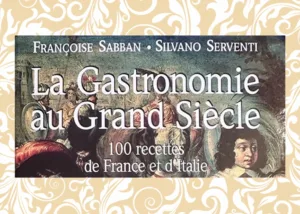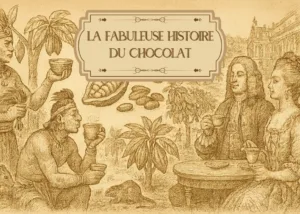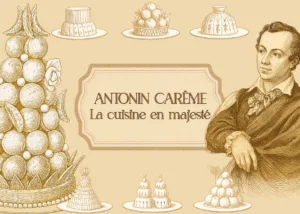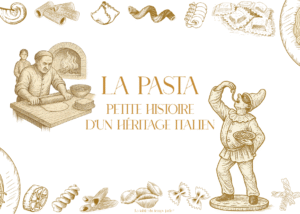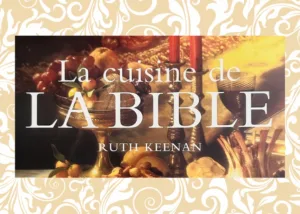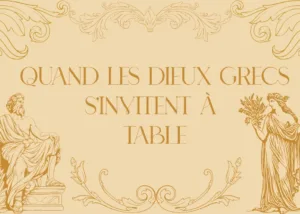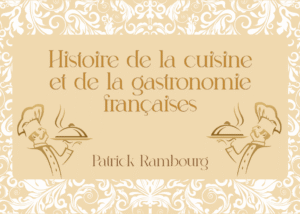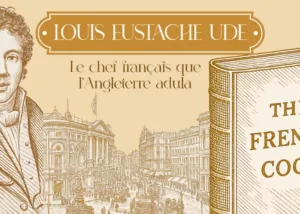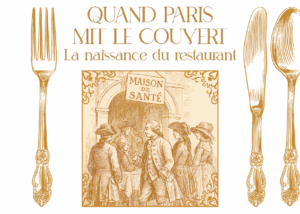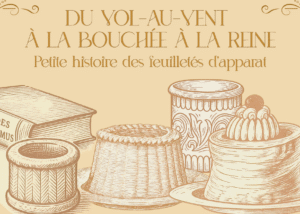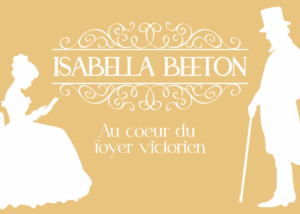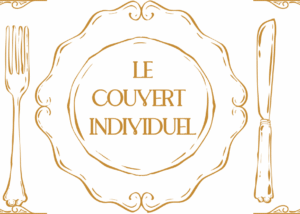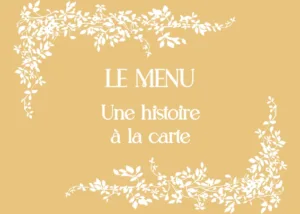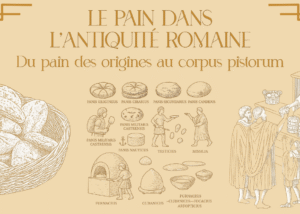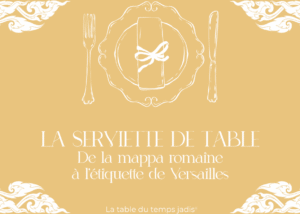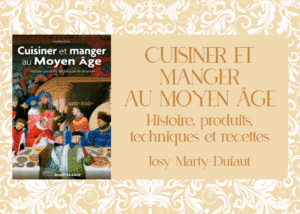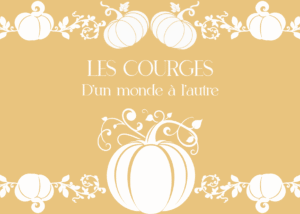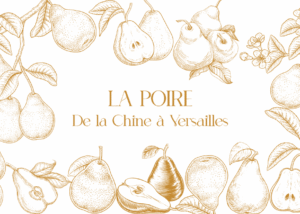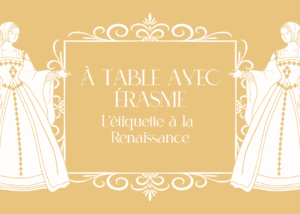Gastronomy in the great century
Voyage to the hearts of flavors during the reign of Louis XIV

Discover gastronomy in the great century of Françoise Sabban and Silvano Serventi, a precious book to understand culinary art in the 17th century: between historical recipes, royal refinement and modern cuisine inspired by Versailles.

A book, an era, a table
In my gourmet library , some works resonate like open doors to missing worlds. Gastronomy in the great century, 100 recipes from France and Italy , signed by Françoise Sabban and Silvano Serventi , is one of those books that are not content to transmit recipes: they tell a way of life, a vision of the world, an aesthetic of taste .
Published in 1998 by Stock editions , this work is the third part of an exciting trilogy devoted to the culinary history of Western Europe: after the Middle Ages and the Renaissance, comes the great century , that of Louis XIV, Versailles, sumptuous receptions and codified banquets.

A table that talks about a world
In the great century, gastronomy is not just about eating. It is a reflection of an art of living , an orchestrated taste, a society where each meal becomes a sign. At Louis XIV's table, nothing is left to chance: service, dishes, gestures - everything participates in a staging of power and refinement.
The profusion is more measured, the flavors clearer, the presentations more thought. The kitchen is lighter without giving up its magnificence. It is the time of controlled balance, of a splendor set by uses, of a taste that says grandeur as much as grace .

A rich and structured exploration
The book is structured around four main axes, which correspond to a complete vision of the gastronomy of the time:
1. The taste of the great century
This opening chapter contextualizes the mutations of taste. We discover how the 17th century marks a decisive turning point in the way of thinking of meals: lightening dishes, appearance of French service , rise in power of vegetables, more reasoned use of spices. All for the sake of moderation and harmony.
The book also incorporates discreet but precious lighting on Italian cuisine of the 17th century, emphasizing reciprocal influences and developments specific to each tradition.
2. Techniques, ingredients and culinary uses
The authors linger here on the cook's gestures , instruments, new seasoning, cooking, dressage practices. We enter the kitchens, we listen to the bubbling of the soups, we observe the cutting of meats and the smokings of the sauces. These are also the beginnings of reasoned gastronomy , with increasingly precise aesthetic criteria.
3. Meals and social codes calendar
Eating, in the great century is not only to eat. It is to respect a social rhythm , a symbolic hierarchy. Between fatty days and skinny days, between discreet breakfast and supper in society, meals obey codified temporalities, linked to seasons, religious prescriptions and courtymation.
4. Hundred recipes from France and Italy
The heart of the book beats here: a hundred recipes, carefully chosen, adapted for the contemporary reader, but always faithful to the spirit of the great century . We find there:
- Vegetable or meat soups with soft
notes , - Fish elegantly
primed - Roasted or simmered meats , often in light sauce,
- Sweet and savory desserts , so characteristic of the time,
- And above all, baroque desserts , sometimes influenced by Italian cuisine.
Each recipe is accompanied by a historical comment: where does it come from? Was it served at the court? In what social context? It is these little scholarly boxes that make all the richness of the book.

A work between erudition and pleasure
This book is not only a historic cooking manual. It is a dive into a universe where the slightest detail - of the tablecloths to the rhythm of the service - participates in an ideal of civilization.
What makes it so pleasant to read is the balance between rigor and narration : you learn without ever having the impression of studying. We leaf through, we stop, we imagine ... It is an ideal companion for those who want to cook the story without disguising each other, relive the past without museing it.
Here are three good reasons, if necessary, to add this book to its collection:
- Because it restores with precision a pivotal era: the cuisine here becomes a mirror of power and taste , but also of society as a whole: its hierarchy, its rites, its aspirations.
- Because it offers accessible recipes: adaptations are made with care, and most ingredients can be found today. It is a real field of experimentation for those who want to invite a little of the great century to their own table.
- Because it is part of a reference trilogy: with gastronomy in the Middle Ages and rebirth gastronomy , it forms an essential triptych for any person passionate about the history of cooking .
Gastronomy in the great century is much more than a book: it is an invitation. To sit at Louis XIV's table, to listen to the discreet clicking of silverware, to observe the dishes arranged in a choreographed order.
It is a work that recalls that, in the past as today, cuisine is a language of sensitive, bond and beauty .

Find other blog articles
Find other blog articles



